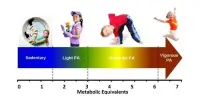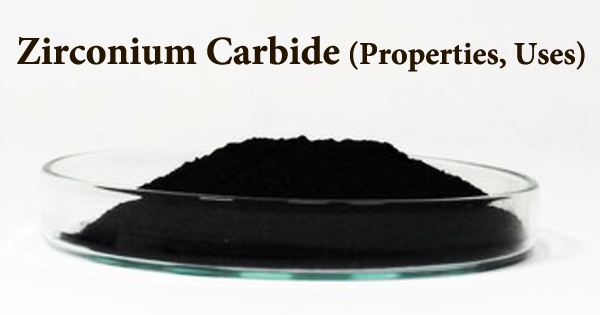Isn’t menthol a peculiar flavor? You put a mint in your mouth, or some mint-scented soap beneath your arms (or, Darwin forbid, on your genitalia), and feel that distinct ice-cool freshness wash over you. Have you ever thought why that is? It is probably more of an experience than a flavor. That menthol would consistently be a few degrees colder than everything else doesn’t exactly make sense. So what is happening?
Cryo-electron microscopy, a technique invented in the 1970s but currently experiencing something of a resurgence due to recent technology advancements, has been used by researchers to demonstrate how chemical compounds like those found in menthol activate cold-sensing ion channels in mouse neurons.
The end result is that wacky, chilly sensation that we are all so familiar with.
According to a report published today in the journal Science, “Mammals experience cold through reductions in temperature or by exposure to specific chemicals, such as the menthol found in peppermint.” “Activation of the transient receptor potential melastatin member 8 (TRPM8) ion channels is the underlying cause of this cold sensation. These channels, which are expressed in sensory neurons, serve as the main receptor for the chilly feeling in people.
That’s a lot of words, I admit. Let’s dissect it into digestible pieces and determine what’s happening. Let’s break it down into its component molecules, specifically the menthol molecules. These little creatures want to fit in as soon as they touch your skin, and fortunately for them, our bodies have the ideal spot for them.
A lipid bilayer protects our cells, making them resemble microscopic hazmat suits consisting of two layers of fat. Its purpose is to safeguard the cells by ensuring that no unwanted ions, proteins, or other substances enter.
Imagine, though, if your hazardous suit also prevented air from entering. Ion channels play a role in allowing certain ions to enter cells. These are unique proteins that are implanted in the cell membrane and are responsible for allowing ions to enter and exit the cell. They are activated by a variety of stimuli, including pressure, heat, and chemical signals. The ions flood in (or out) when that occurs.
Menthol is one of those triggers for the ion gate known as transient receptor potential melastatin member 8 (TRPM8). Menthol precisely attaches to TRPM8 with the aid of a protein with the catchy name phosphatidylinositol-4,5-bisphosphate (PIP2), acting as a small minty key for the cellular lock that is the ion channel. The action potential occurs when sodium and calcium ions, which are positively charged, flood the cell, changing its internal charge.
At least, that was the general consensus. However, because all of the experimental evidence had previously come from avian ion channels, we couldn’t be really certain until now.
The TRPM8 protein is present in birds as well, however it differs somewhat from the one found in mammals. They don’t fully open, at least not during structural investigations, and they exhibit various heat and chemical sensitivity. Therefore, although the findings did seem to imply that PIP2 had a role in the opening of the TRPM8 channel, the idea has only been verified by this latest study.
Cryo-electron microscopy, often known as cryo-EM, can help with it. The researchers used this method, which is essentially a way to conduct electron microscopy at very low temperatures, to take pictures of TRPM8 structures in mice as they change from their closed, through intermediate, to open states – revealing, for the first time, the molecular mechanism for PIP2- and cooling agonist-mediated TRPM8 activation by menthol.
This is more than simply a fun fact to fill awkward pauses with. The absence of an open state structure, particularly for mammalian TRPM8, has impeded research on this crucial sensory receptor as well as our knowledge of how people perceive cold, according to the scientists.
Basically, the researchers think that this study may have some very cool implications for future pain management therapies with a better understanding of what’s going on here – not just “why menthol makes you feel cold,” but the specific anatomical process behind that experience.
















